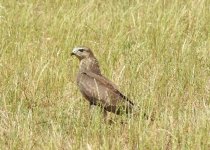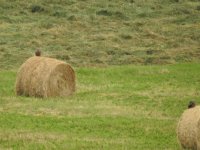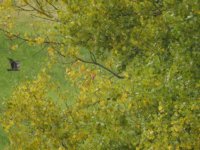Hi.
I am a lover of long distances, now I have a 60ED spotting scope, with which I reach maximum 45X zoom, a friend has an 80mm spotting scope with 60X max. zoom, with which I observe from time to time ... but it also seems to me little magnification for certain situations ...
I am thinking that maybe one of the new Coolpix P900 or P1000 cameras could solve my concerns, I have to say that I do not understand anything about photography, maybe it would not be a bad time to start.
And there goes the million dollar question, could one of these coolpix cameras with their powerful zoom be a good substitute for a hypothetical spotting scope with high magnification?
That is, could I use the screen of the coolpix P900 or P1000 cameras as if I were looking through the eyepiece of a spotting scope? Although I am aware that both images would be different in some way, a digital image in the camera and an optical image in the spotting .., I don't know if I have explained myself well ..
Kind regards and I will be happy to hear your opinions.
Pluto.
I am a lover of long distances, now I have a 60ED spotting scope, with which I reach maximum 45X zoom, a friend has an 80mm spotting scope with 60X max. zoom, with which I observe from time to time ... but it also seems to me little magnification for certain situations ...
I am thinking that maybe one of the new Coolpix P900 or P1000 cameras could solve my concerns, I have to say that I do not understand anything about photography, maybe it would not be a bad time to start.
And there goes the million dollar question, could one of these coolpix cameras with their powerful zoom be a good substitute for a hypothetical spotting scope with high magnification?
That is, could I use the screen of the coolpix P900 or P1000 cameras as if I were looking through the eyepiece of a spotting scope? Although I am aware that both images would be different in some way, a digital image in the camera and an optical image in the spotting .., I don't know if I have explained myself well ..
Kind regards and I will be happy to hear your opinions.
Pluto.










